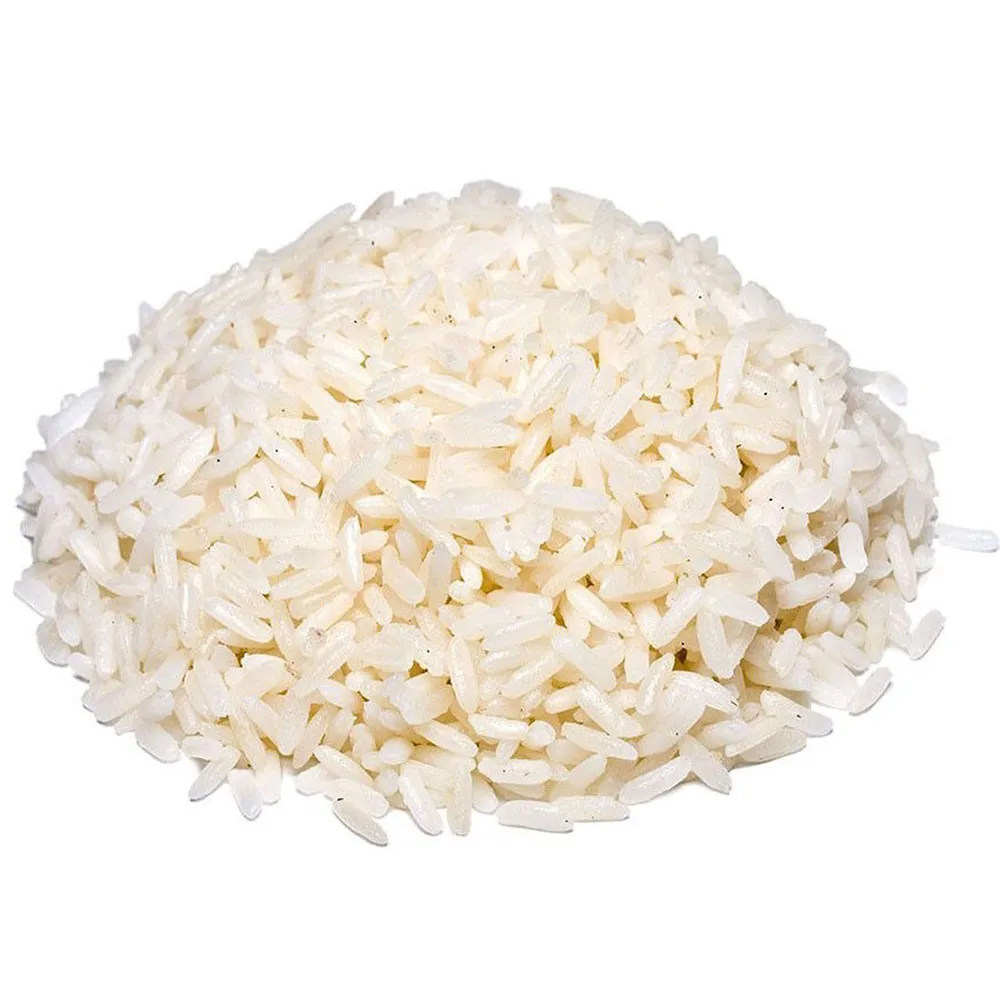Rice is a staple food for over half of the world’s population, providing a significant portion of daily caloric intake. However, not all types of rice are created equal when it comes to their impact on blood sugar levels and overall health.
The glycemic index (GI) and glycemic load (GL) are two measurements that can help individuals make informed choices about the types of rice they consume. Before we dive into comparing GI and GL of different kind of rice, let’s first remind ourselves what GI and GL are all about.

What is the Glycemic Index (GI)?
The glycemic index is a measurement of how quickly a food raises blood sugar levels. Foods with a high GI score cause a rapid spike in blood sugar levels, while low GI foods produce a slower, more gradual increase.
The GI scale ranges from 0 to 100, with pure glucose having a score of 100. If you feel you want to know more, we wrote a brilliant article about what is the glycemic index explaining it in all the details.
When it comes to rice, the GI value can vary depending on the type of rice and the processing method used. For example, white rice has a higher GI value than brown rice because the outer bran layer has been removed during processing. Other types of rice, such as wild rice and red rice, have lower GI values due to their higher fiber and nutrient content.
Before we finally get to the glycemic index chart comparing different kinds of rice, we need to make sure we understand another important concept – the glycemic load.
What is the Glycemic Load (GL)?
While the GI score can be a useful tool, it only takes into account the carbohydrate content of a food and not the portion size. The glycemic load, on the other hand, considers both the GI score and the total amount of carbohydrates in a serving of food. This measurement is more accurate because it takes into account the amount of food being consumed and its impact on blood sugar levels.
In the case of rice, a larger serving of low GI rice can still have a high GL score if the portion size is too large. Therefore, it’s important to consider both the GI and GL values when making food choices.
Glycemic Index & Glycemic Load of Different Types of Rice
The GI and GL values of different types of rice can vary widely. Below you can find a complete chart.
It’s worth noting that processing and cooking methods can also affect the GI and GL values of rice. For example, soaking and rinsing rice before cooking can reduce its GI value. Similarly, cooking rice with coconut oil or adding vinegar or lemon juice to the cooking water can also help lower the GI value.
Long-grain and short-grain rice also have slightly different GI and GL values, with short-grain rice having a slightly higher GI value but a lower GL value due to its smaller portion size.
Health Implications of Rice Consumption and Glycemic Load
While rice can be a healthy and nutritious food, consuming high GI and GL foods on a regular basis can increase the risk of chronic diseases such as obesity, type 2 diabetes, and cardiovascular disease. High GI foods can cause rapid spikes in blood sugar levels, leading to insulin resistance over time.
Choosing low GI and GL foods, including different types of rice, can help regulate blood sugar levels and reduce the risk of these chronic diseases. It’s important to note that the GI and GL values of a food are just one factor to consider when making healthy choices, and individuals should also take into account other factors such as nutrient content and overall calorie intake.
Tips for Choosing Low GI and GL Rice Varieties
Here are some tips for choosing low GI and GL rice varieties:
- Choose brown or wild rice instead of white rice.
- Choose short-grain rice over long-grain rice for a lower GL value per serving.
- Look for rice that is labeled “low GI” or “GI tested.”
- Pair rice with protein, healthy fats, and high-fiber vegetables to lower its GL value.
- Try different types of rice, such as red rice or black rice, for a wider range of nutrients and lower GI and GL values.
- Soak and rinse rice before cooking to lower its GI value.
- Cook rice with healthy fats such as coconut oil to lower its GI value.
Conclusion
The glycemic index and glycemic load are two useful measurements that can help individuals make informed choices about the types of rice they consume. While white rice has a higher GI value than brown rice, choosing brown or wild rice and pairing it with protein, healthy fats, and high-fiber vegetables can lower its GL value and reduce the risk of chronic diseases such as obesity, type 2 diabetes, and cardiovascular disease.
By incorporating a variety of low GI and GL rice varieties into their diet and paying attention to portion sizes, individuals can enjoy the health benefits of rice without compromising their overall health.


